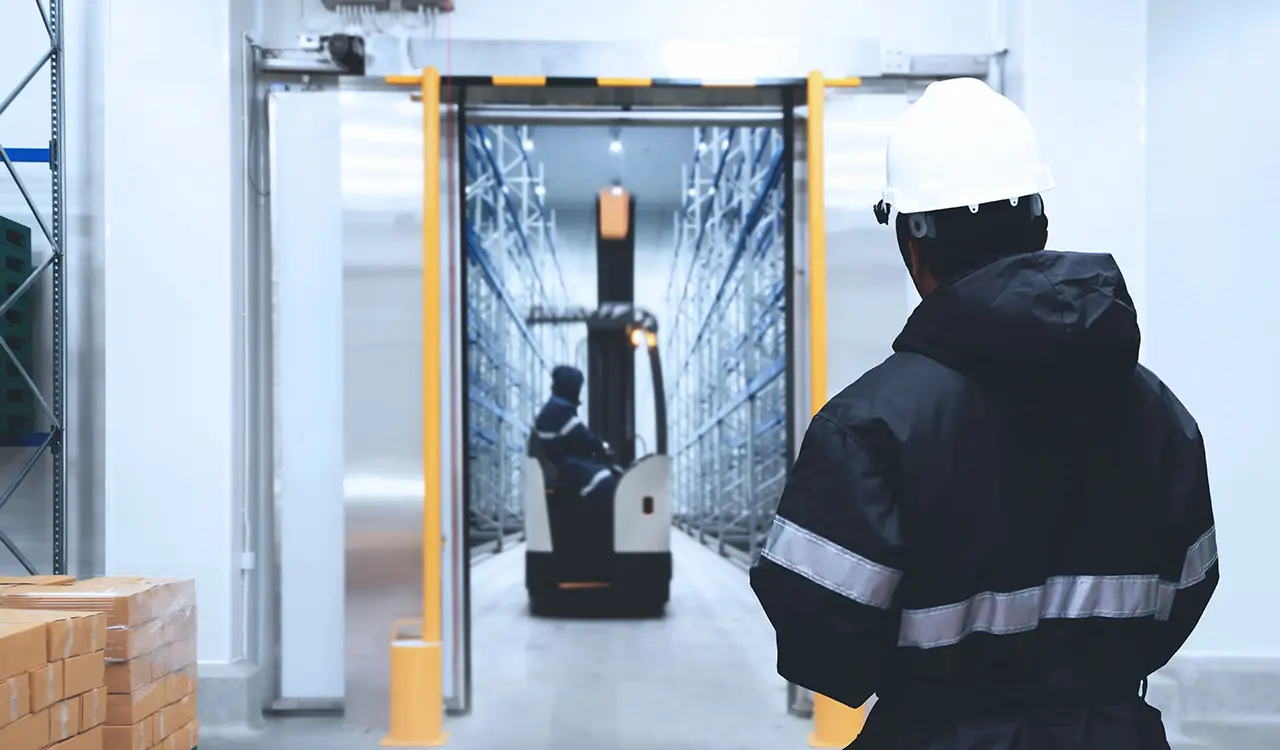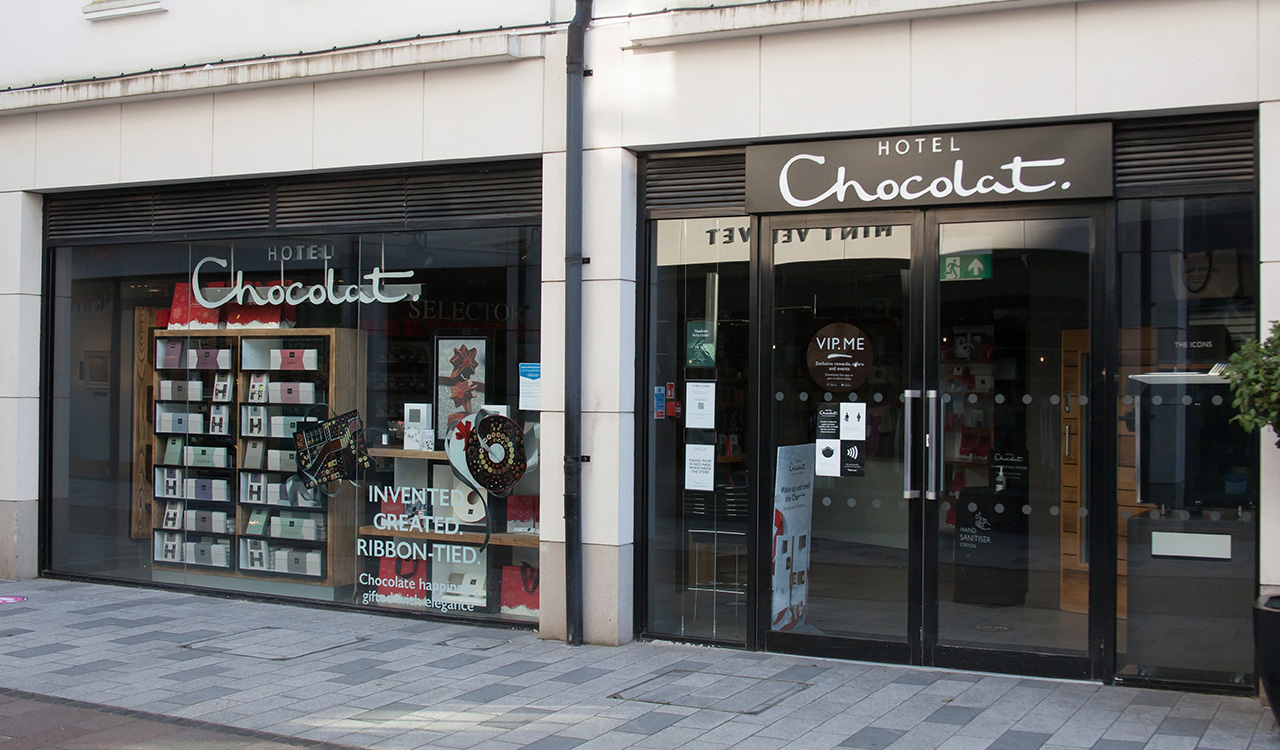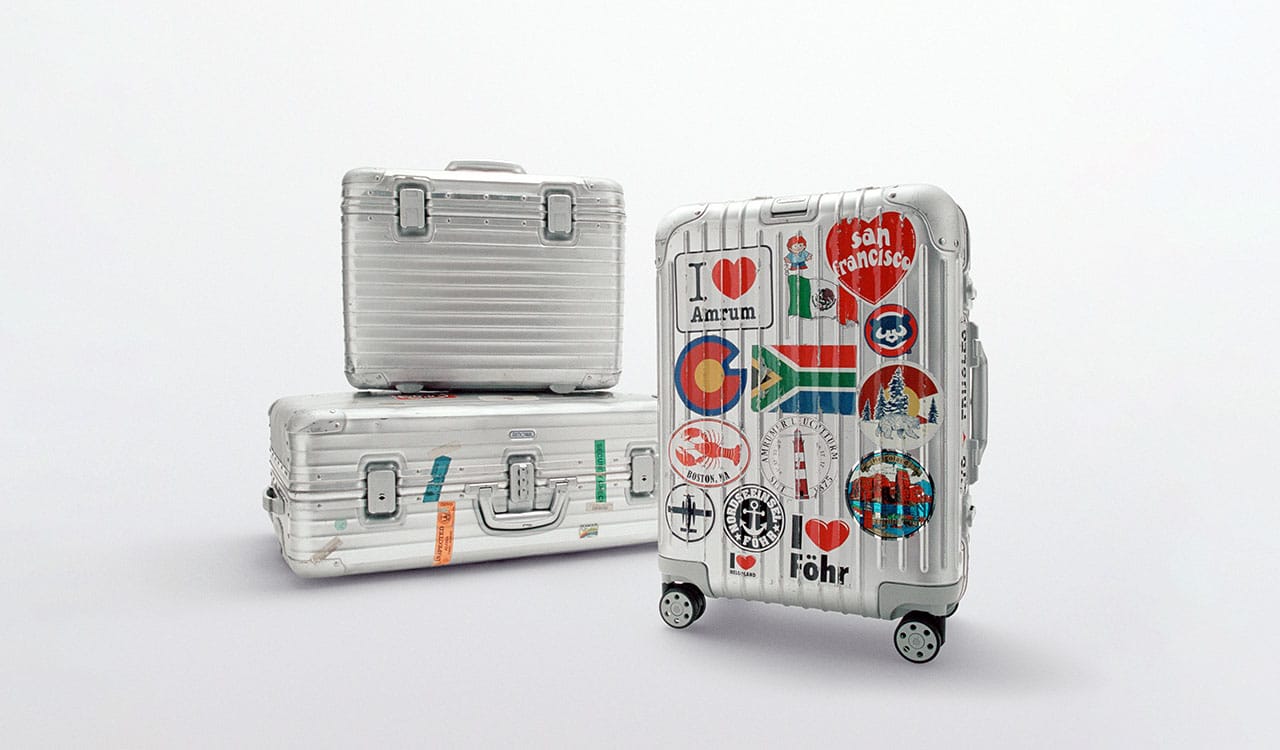Forget stealth Amazon warehouses and AI-powered robots roving new state-of-the-art FedEx distribution centers; the hottest – or shall we say coolest – new thing in retail logistics is cool storage which is becoming the hottest space in retail logistics. In recent years, quietly and without much fanfare, a network of massive, windowless buildings, humming with the white noise of massive refrigeration and cooling systems, has sprung up to meet the quickly changing dynamics of the supply chain supporting American consumers and their need for all things cool, cold, and frozen. I’m calling this the Great Cold Rush of ’24.
Investing in cold storage isn’t without its hurdles. Building specialized facilities requires expertise, and financing these high-cost spaces can be tricky. The energy needs are tremendous, placing more pressure on a U.S. grid system that is already maxed out in many markets. Additionally, finding tenants for these mission-critical facilities requires a different approach, with longer leases and a focus on sustainability.
Cool Storage
We’ve got substantial shifts in grocery retailing, and restaurant management including the emergence of cloud or ghost kitchens, and pharmaceutical storage, think Ozempic and Wegovy. Couple these shifts with a surge in popularity in meal kit services and the value chain that supports them reaching deep into food production and agriculture, and you’ll get why there’s a notable uptick in the need for cool storage with expanded refrigerated storage facilities and cooler food preparation areas.
This heightened demand is fueling significant growth in the cold storage sector. With a staggering 3.7 billion square feet of cool space that is set to grow by one industry estimate at over 13 percent a year for the foreseeable future, this is one sector of the retail industry that is catching the attention of investors and business executives far and wide.
What’s driving this cold rush? Here’s a breakdown of four key drivers:
- Shifting Appetites
American’s love affair with fresh, healthy options is boosting demand for more chilled space for organic produce and packaged herbs. Think pre-cut veggies and ready-to-assemble salads – all requiring cool storage.
- Frozen Food Frenzy
The frozen food aisle has undergone a revolution. Gone are the days of TV dinners. Today’s freezers are stocked with high-protein meals, gourmet ice creams, and specialty coffee creamers, each requiring specific, lower-than-average temperatures. The result? A surge in demand for specialized cold storage.
- The Meal Kit & Restaurant Revolution
Restaurant chains and meal-kit services are increasingly centralizing production into cloud kitchens and consolidating their distribution capabilities in cold-storage-adjacent facilities. This translates to smaller restaurant footprints and a shift in leasing models – a potential boon for retail real estate.
- C-commerce (aka Cold-eCommerce)
Grocery giants like Kroger are experimenting with cold-storage-enabled fulfillment centers. Imagine a single facility handling the volume of a dozen stores – that’s the efficiency ecommerce with cold storage offers.
Wellness and Wellbeing
The biggest driver of this shift comes down to Americans’ evolving views around diet and exercise. In recent years, there has been a noticeable evolution in Americans’ thinking about their health. Along with an explosion of products and services in the exercise and fitness space, the biggest impact of this trend is the typical American’s relationship with food. This shift is characterized by a heightened embrace of diverse, fresh, and health-conscious food choices, which necessitates an increased allocation of chilled and refrigerated storage space to accommodate organic produce and facilitate food processing for packaged herbs and produce. Moreover, changing dietary preferences, marked by a growing demand for proteins and whole foods, have significantly influenced consumer behavior in both the dining and grocery sectors.
Covid-19 also played a significant role in this shift. A notable surge in demand for cold storage can be attributed to the rising popularity of frozen food, particularly evident since the onset of the pandemic. Overall, the segment has experienced remarkable growth, with sales figures reaching $72 billion in 2022, growing almost 10 percent a year since pre-pandemic levels in 2019.
Big Pharma
Of course, another surge in the Great Cold Rush of ’24 is the frenzy associated with GLP-1 agonists that help lower blood sugar levels and promote weight loss. As a whole, the new wave in popularity of these drugs forms another vector that is spurring a massive rush in cold storage. According to a research study by JP Morgan, the market for drugs like Ozempic, Wegovy, Mounjaro, and Zepbound will surge to almost $100 billion a year by 2030, serving almost 10 percent of the US population. These GLP-1 agonists all require cool storage facilities before their first use to maintain their effectiveness, which has massive implications across the supply chain.
With expectations that prices may soon come down making these drugs far more accessible to many more households, demand could even outpace expectations. And in a twist, with GLP-1 agonists taking a bite out of Americans’ snacking habits and opting for fresher food, over time this trend could eat up more and more aisles of room-temperature grocery real estate and be replaced by an increased footprint of cool storage units.
Challenges and Opportunities
Investing in cold storage retail logistics isn’t without its hurdles. Building specialized facilities requires expertise, and financing these high-cost spaces can be tricky. The energy needs are tremendous, placing more pressure on a U.S. grid system that is already maxed out in many markets. Additionally, finding tenants for these mission-critical facilities requires a different approach, with longer leases and a focus on sustainability.
However, these structural challenges open doors for niche players. The dominance of a few large cold storage operators creates opportunities for regional players to establish themselves in specific markets. Additionally, new markets with growing populations and established food hubs present exciting investment prospects.
Cold Case Closed
In a world obsessed with fresh food, convenience, and efficient supply chains, cold storage is no longer just a necessity – it’s a strategic advantage. Retail executives who recognize this potential and understand the nuances of the sector stand to reap significant rewards in the coming years.
So, the next time you grab a frozen meal, fresh salad kit, or doses of Wegovy, try to imagine the invisible infrastructure of cold storage that is silently humming in the background, ensuring it reaches your table safely.





